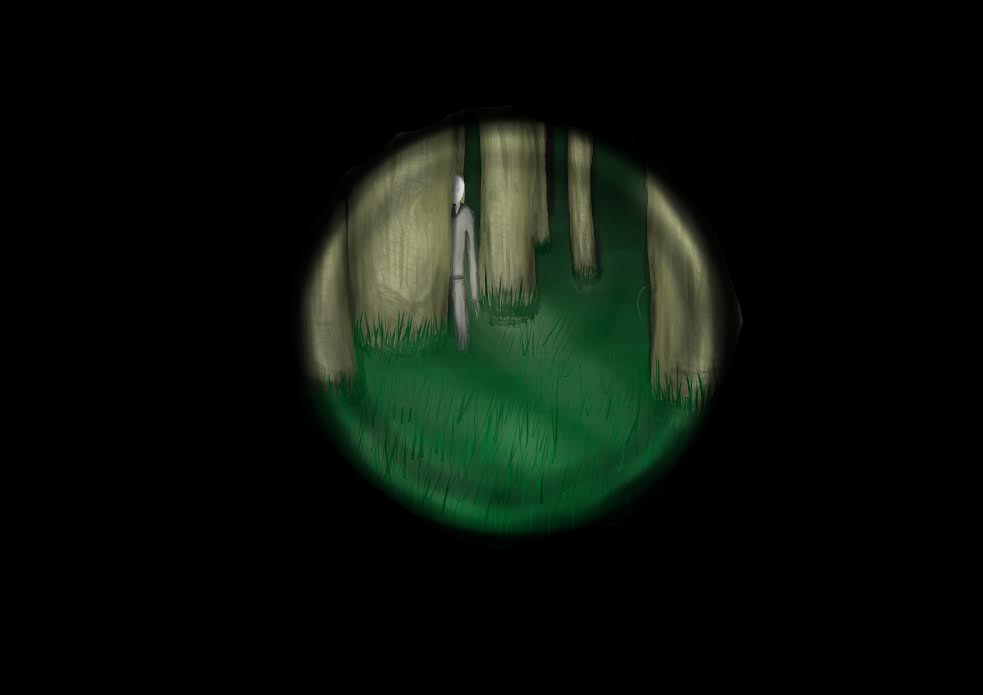It’s the spookiest time of the year and for horror fans, ‘tis the season of ghosts, gore and games. However, the horror video game market may be lacking as we near the end of 2019.
This year is a horror game drought from large gaming studios. These large publishers, also AAA games, are hesitantly testing the waters of the genre. Like Frankenstein’s monster, horror is being brought back to life with the new franchises and quality remakes of classics. The success of the “Outlast” series, “Resident Evil 7” and the recent “Resident Evil 2” remake have introduced new players to old franchises and inspired unique storytelling within the industry. The real success story, though, lies with independent developers.
Large gaming studios, also AAA studios, have had financial success with the continuation of horror series, but indie games have drawn more critical praise. According to SteamSpy, the top selling horror game on the Steam marketplace is “Undertale,” with about 2 million copies owned. Undertale was created by one-man team Toby Fox, indie developer and creator of “Homestuck.” The game was funded through Kickstarter, raising over $50 thousand in 30 days.

The game was one of the breakout hits of 2015, receiving huge critical praise and commercial success. And “Undertale” isn’t a unique story.
“The Room,” a point and click puzzle game, has the most overwhelmingly positive reviews out of the horror games on Steam. This beats franchise titles like “Resident Evil,” “Left 4 Dead” and “Amnesia.” The game was developed and published by Fireproof Games, an 18-person team based in England that rocketed to fame with “The Room” series.

There are countless other stories like this. So, what’s the secret?
A lot of it has to do with the money, money, money. Players are sick of micro-transactions in mainstream games. Let’s face it, no one likes forking over money to big companies, especially after paying $50+ for the game in the first place. Big budget games have to draw a big profit and it’s easy to tell when a publisher values money over the game. Indie developers have smaller budgets, so while lack of resources is an issue, these games are often the passion projects of talented individuals.
Without the money for hyper-realistic graphics and flashy environments, indie games often rely on atmospheric elements to create the tension. This can be as obvious as the monster making a creepy noise or just really going all in on violins in the soundtrack. The science backs this up; simple is better.
According to an article from the Journal on Multimodal User Interfaces, straightforward setups often create unpredictable situations, which provide the best scares. Researchers observed people playing “Slender: The Eight Pages,” another indie game that hit stardom. There’s not much to it; you’re in a forest and you need to collect eight pages before the Slender Man gets you. Easy, right?
Despite the low definition graphics and simple gameplay, participants gave “Slender” a high fear rating and were in a state of suspense for most of their playtime.

What was so scary about a bunch of pixels? The sound effects and the music. These elements created a suspenseful atmosphere that heightened the participants’ fear, even when there was nothing disturbing on screen. Visuals certainly play a large role in the fear factor of a horror game, but there’s a difference between a good-looking horror movie and a good-looking horror game.
Watching a movie is a passive experience. The audience can’t influence the decisions of the characters or follow the story at their own pace. With nothing to do but sit and watch, realistic or interesting visuals are essential to a good horror movie. Within a game, though, the player has an active role and is reacting to everything around them. The game needs an immersive environment so the scares feel real to the player.
These atmospheric elements fulfill the adrenaline rush we seek from horror games and indie games often add new twists on these elements, providing a more interesting scare. AAA studios may be scratching their heads on how to sell a mainstream horror game but there are still plenty of undiscovered options.
Looking for your next favorite horror game? Try picking out a title you’ve never heard of before. If anything, you’re guaranteed a horror experience you’ve never had before.
































